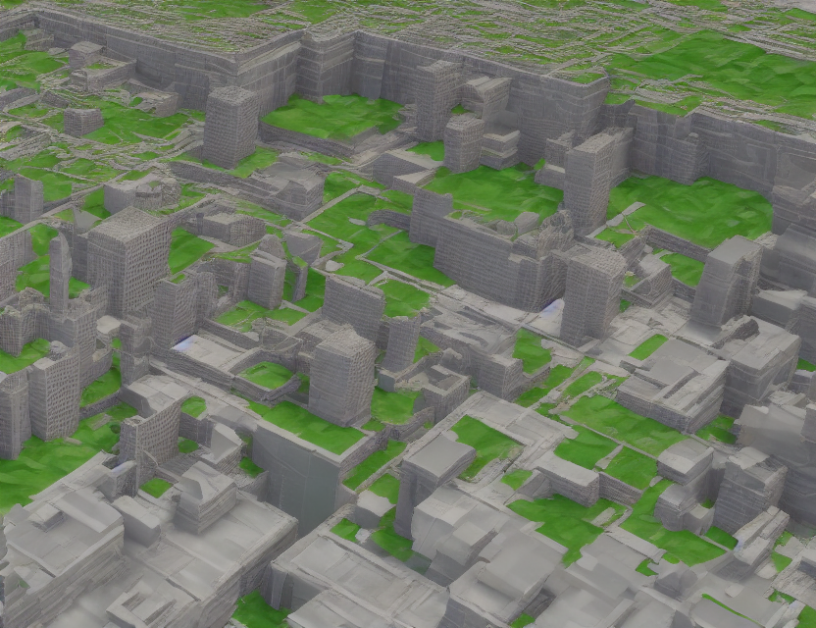In this article, we present a novel approach to 3D human pose estimation called Graph-based Transformer (GTF). GTF leverages the power of transformer architecture to fuse local and global features from 2D landmarks, enabling the model to generalize across diverse objects and body shapes. Our key innovation lies in combining graph attention with self-attention mechanisms within a single layer, allowing for efficient feature aggregation and representation enhancement.
To begin, we define the problem of 3D human pose estimation, where the goal is to predict the position of body joints from 2D landmarks. Traditional methods rely on hand-crafted features and linear transformations, which are limited in their ability to capture complex relationships between landmarks. In response, deep learning techniques have gained popularity due to their capacity to learn hierarchical representations from raw data.
Our proposed GTF model builds upon these advances by integrating transformer architecture with graph attention mechanisms. The resulting fusion of local and global features enhances the representation capacity of the model, enabling it to generalize across a wide range of objects and body shapes. In detail, our approach consists of three stages:
- Graph-based Transformer Architecture: We design a hybrid transformer architecture that combines graph attention with self-attention mechanisms within a single layer. This allows for efficient feature aggregation and representation enhancement, leading to improved performance in 3D human pose estimation tasks.
- Local and Global Feature Fusion: Our proposed fusion of local and global features leverages the strengths of both approaches, enabling the model to capture both fine-grained details and global contextual information. This leads to more accurate predictions and improved robustness against variations in object pose.
- Permutation Equivariance: To ensure scalability and adaptability across a diverse set of objects, we employ permutation equivariance, which allows the model to process input keypoints regardless of their order. This critical feature enables the model to handle objects with varying joint configurations, making it more versatile and practical for real-world applications.
In conclusion, our proposed GTF model represents a significant advancement in 3D human pose estimation, offering improved performance, robustness, and generalizability compared to existing methods. By leveraging the power of transformer architecture and graph attention mechanisms, we demonstrate the feasibility of scaling up deep learning techniques for real-world applications.



